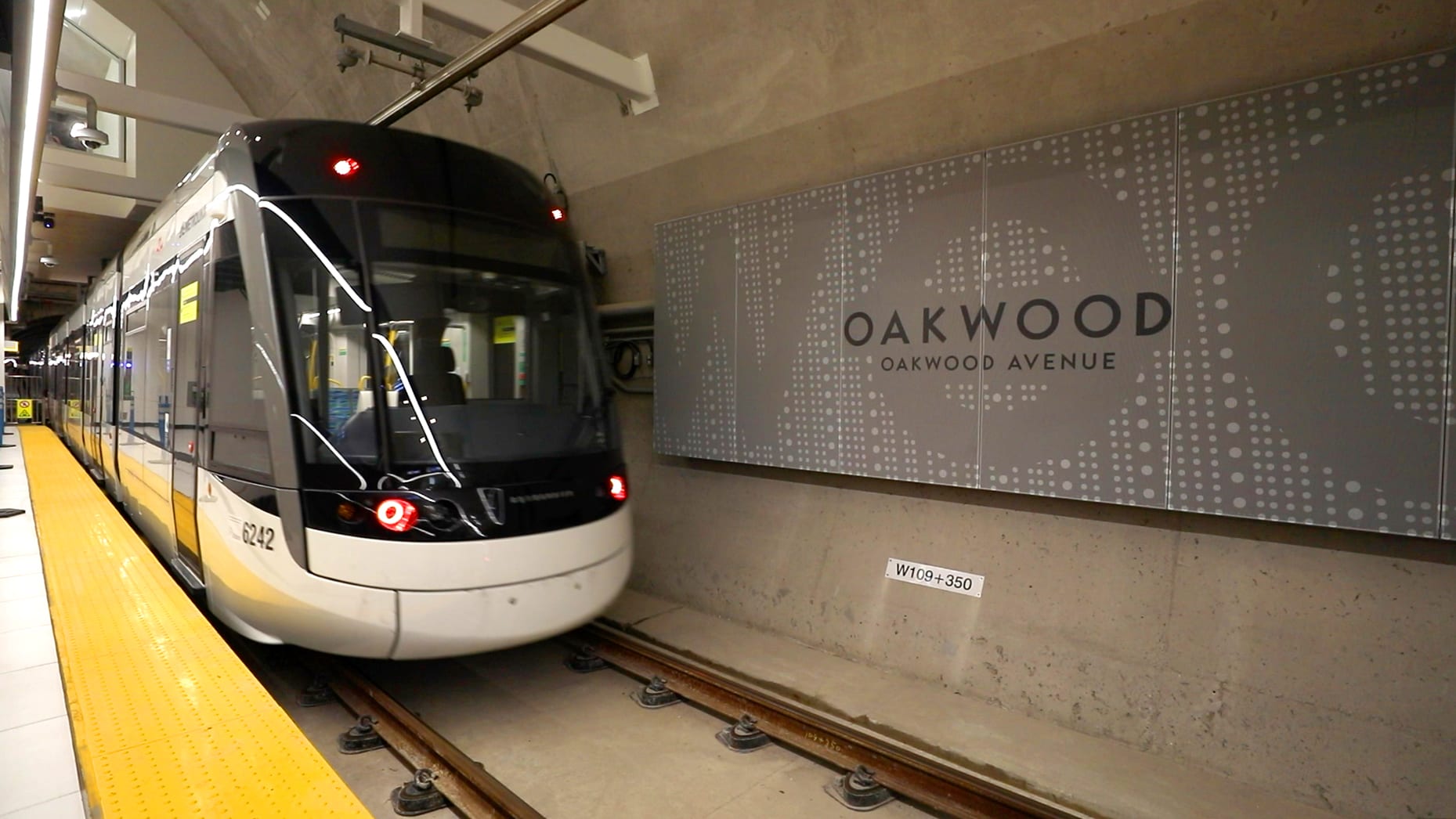Crosstown LRT testing & commissioning explained
Testing & commissioning is currently underway for the Eglinton Crosstown LRT project.
Oct 16, 2023
While major construction is almost done, there is still extensive testing and commissioning (T&C) to do on the Eglinton Crosstown LRT before it can open.
What is T&C? In part one of a two-part series, we’ll explain this critical phase of the project where faults or issues are found and fixed before the project can safely open to customers.
It can be an unpredictable phase of any project, as experts need to ensure everything was designed, developed, and installed correctly and then make sure the components like vehicles and signals integrate properly into the overall LRT system.
How T&C works
It’s a multistep process designed to maximize efficiency without compromising project safety.
In the case of the Crosstown project, the T&C process was created in line with worldwide industry practices for other major infrastructure projects. It all starts at the beginning of the engineering phase, much earlier than most people realize.
At that point, the T&C team works closely with the engineering team to develop test procedures that will prove the system works as intended.
To help illustrate the process, think of it like buying a new car.
You start with a list of requirements you want your new car to have. The test procedures and associated reports provide evidence that each of the cars you test drive meets those requirements.
Post installation checkout
You have now bought a new car and it’s been delivered to the dealership. This phase involves confirming it’s the correct model, has the right number of seats, it’s the right colour and is in the proper condition.
Once the test procedures are set up, the T&C process starts with verifying the equipment and the installation at the individual component level, ensuring the installed equipment is compliant to the approved shop drawings and design, and that all power cables have been tested and the equipment is ready to be energized.
This is essentially a quality control check, as none of the equipment is powered at this point.
In the case of the Eglinton Crosstown LRT, nearly 90 per cent of the post installation checkout activities have been completed.
In some instances, component manufacturers will attend the site after the post installation checkout has been completed and start up their equipment to make sure it’s energized in the correct sequence for the first time and to fix any issues that come up.
This is referred to as the ‘start up.’
This is like where a car dealership starts up your new car and takes you around it to show that all the features work properly and explain how they use them.
This step is sometimes necessary to enter the next phase, known as the site acceptance test phase.
Site Acceptance Testing
Site acceptance testing is designed to test the equipment or subsystem while it’s powered, but before being integrated with any of the other systems.
This is the equivalent to you starting your new car for the first time. You check the radio, sunroof, windows and start the car to check that there are no unexpected noises or vibrations
The team has to verify that the equipment or subsystem meets the required performance criteria before it’s integrated with other subsystems.
In the case of the Eglinton Crosstown LRT, more than 66 per cent of the site acceptance testing has been completed.
T&C part two
Testing and commissioning is a key part of bringing any new transit project safely online.
We’ve covered the first two steps, and in the second part of this series we cover other important phases like recovery & reliability testing, plus revenue service demonstration.
Keep an eye on this channel, as well as the Metrolinx and Eglinton Crosstown LRT project social media channels for regular progress posts.
